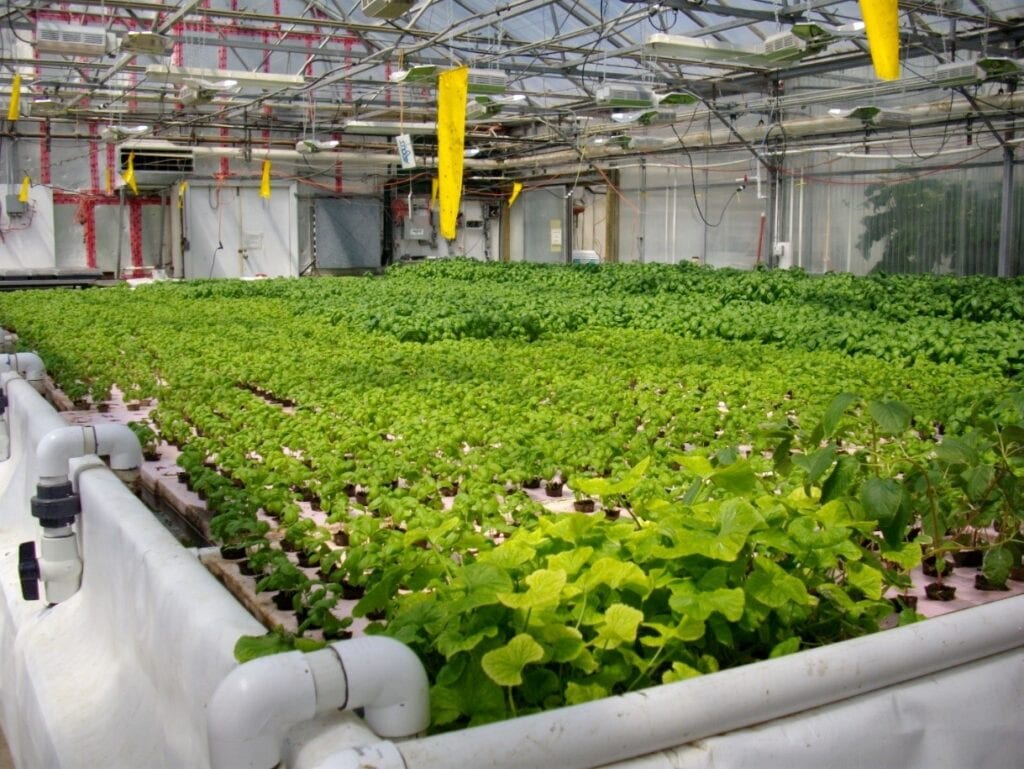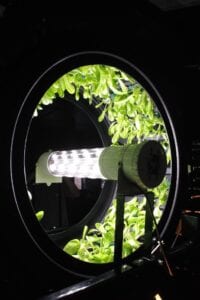Day 18: Intensive Recirculating Aquaculture (IRA) Systems: Hydroponics, Aquaponics, And Aeroponics
Dear Student,
Intensive Recirculating Aquaculture (IRA) systems are a great way to make giant leaps into food self-sufficiency and are ideal for people with little space for homesteading—perfect for urban farming.
Over the last 50 years, scientists and enthusiasts in the self-sufficiency movement have taken observations from the natural world and created innovative food production systems that far outproduce traditional farming techniques per unit of land.
Requiring far less effort than other methods, plants in IRA systems show accelerated growth in a nutrient-rich solution and a soilless environment. These systems are now growing food on balconies, kitchen countertops, and even on the international space station.

IRA Advantages:
- You can grow anywhere.
- Uses up to 90% less water than soil-based gardening.
- You’ll use 25% less space for growing.
- Your environment is nearly sterile, which means no pesticides.
- Plants grow up to four times faster.
- You have complete control over nutrient balance by using specific formulas.
- No soil setup; no soils for pests to live in.
- Harvesting is easier.
- No mulching, tilling, changing of soil, or weeding.
- You can grow year-round in any climate.
IRA Disadvantages:

- Putting together a hydroponic system isn’t necessarily cheap.
- Daily supervision is recommended.
- These systems are vulnerable to power outages. In the event of a power outage that outlasts your generators, you’ll need to manually water your garden.
- Growing a hydroponic garden demands some learning.
- Plant variety is limited compared to field conditions.
- In the event of a total water loss, plants die within a day or two.
Ready-to-go systems can be bought easily online, but the cost for many is prohibitively expensive for the average Joe gardener.
But with rudimentary skills, a drill, and some glue, you can construct your own basic system. All the materials needed can be easily found or reclaimed in your area, and intermediate bulk containers (IBCs) or barrels can be used to reduce the cost of custom-made systems.
If you don’t have the skills to build a more elaborate system, someone handy with plumbing can assist and probably won’t cost much.
